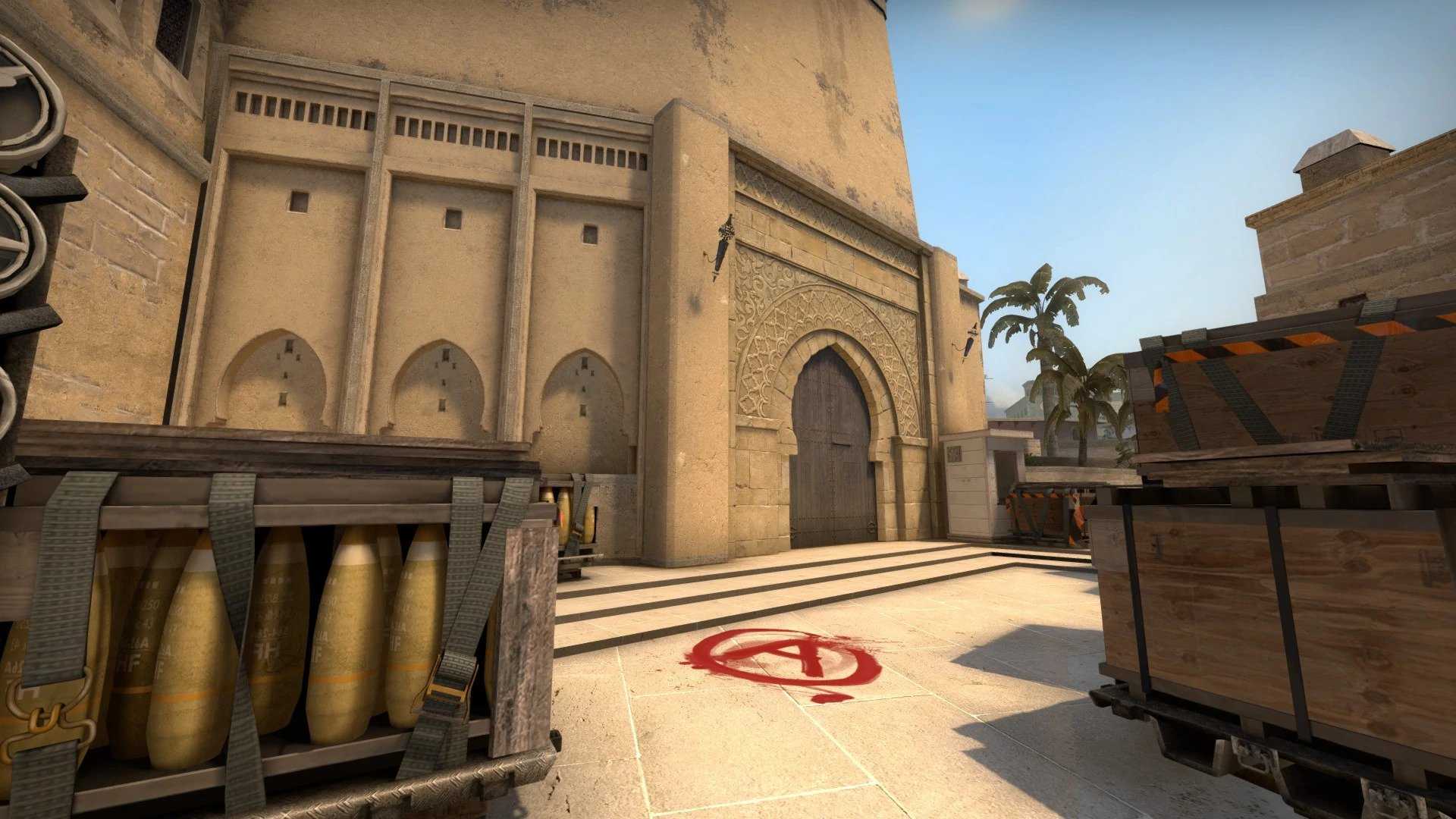BD Help Zone
Your go-to source for insightful news and information.
Elevate Your Game: The Secret Life of CSGO Maps Revealed
Unlock the secrets behind CSGO maps and discover how they can elevate your game. Dive into expert insights and hidden strategies now!
Mastering Map Strategies: Understanding the Layouts of CSGO's Most Iconic Locations
When it comes to mastering map strategies in CSGO, understanding the layouts of the game’s most iconic locations is crucial for enhancing your gameplay. Each map hosts distinctive features, such as chokepoints, bomb sites, and hiding spots, which can be exploited to gain a tactical advantage. For instance, familiarizing yourself with Dust II’s long A site or the close-quarters combat scenarios in Nuke can dramatically influence the outcome of your matches. Therefore, spending time in each map during casual matches or utilizing a custom server can help players develop a strategic mindset that capitalizes on these iconic locations.
Furthermore, incorporating an understanding of map control into your gameplay can elevate your team's performance. On maps like Mirage, controlling the middle area not only provides vital information about enemy movements but also creates opportunities for flanks and strategic plays. It’s advisable to experiment with different routes and positions, as well as utilizing smokes and flashes to block vision and take control of critical zones. Mastering these elements will not only improve your individual skills but also enable you to contribute effectively to your team's overall strategy. Remember, a well-coordinated team that understands the map layouts stands a much better chance of claiming victory.

Counter-Strike is a popular tactical first-person shooter that emphasizes team-based gameplay and strategic planning. Players engage in intense matches where they must work together to complete objectives, such as planting or defusing bombs. For players looking to enhance their communication during gameplay, understanding how to use mic in cs2 can be crucial for team coordination.
Behind the Scenes: How CSGO Maps are Designed and Crafted
Designing and crafting CSGO maps is a multi-faceted process that involves a unique blend of creativity, technical skill, and player psychology. At the core of map design is a deep understanding of game mechanics and player behavior. Designers typically start with a concept that defines the map's theme and layout. This initial phase includes creating rough sketches and broad designs that outline important features such as choke points, bomb sites, and strategic hiding places. Once the basic layout is established, the team begins building the map in a tool like Hammer, which is part of the Source SDK.
After the initial design is complete, the CSGO maps enter a critical phase of playtesting and iteration. During this stage, the map is evaluated by both the developers and a mix of players to identify any issues with gameplay flow, balance, and fun factor. Feedback plays a crucial role in refining the design, leading to multiple revisions to ensure the map meets high standards. Aspects like lighting, textures, and sound are also polished to enhance the overall aesthetic and immersive experience. Ultimately, a well-crafted map not only supports competitive play but also fosters a strong community around the game.
What Makes a Great CSGO Map? Key Elements That Enhance Gameplay
Creating a great CSGO map involves a multitude of factors that can drastically enhance gameplay. First and foremost, the layout of the map is crucial. A well-designed map should have a balanced mix of open areas and tight corners, promoting diverse strategies and playstyles. Key elements such as sightlines, cover, and flank routes must be thoughtfully placed to allow players to engage in tactical maneuvers without feeling forced into predictable patterns. Additionally, incorporating various elevation levels can add depth to the gameplay, encouraging players to make use of verticality for surprise attacks.
Another important characteristic of a successful CSGO map is the use of environmental storytelling. Aesthetic details such as graffiti, unique structures, and varied textures can help build an immersive atmosphere that draws players in. Furthermore, clear callouts and easily recognizable landmarks enhance communication among teammates, making it crucial for players to navigate the map efficiently. Lastly, ongoing playtesting and feedback are essential to refine gameplay mechanics, ensuring that no single tactic dominates and that each round feels fresh and engaging.